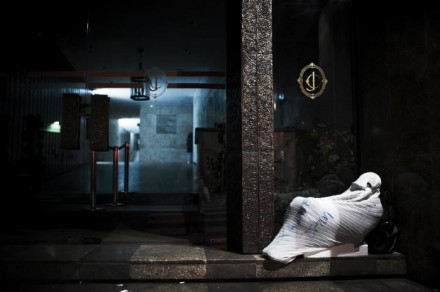
© Carlos Cazalis
Text and photographs by Carlos Cazalis.
In his short essay “Shock Photos” Roland Barthes addressed the decline of the impact or lack of effect of photography today in reference to many of the horrors we know of: “It is not enough for the photographer to signify the horrible for us to experience it, because, as we look at them, we are in each case dispossessed of judgment: someone has shuddered for us, judged for us; the photographer has left us nothing –except a simple right of intellectual acquiescence…“ I have to agree with this, as the modern world today is not only so permeated with imagery of war, famine, social distress and disaster photography that our vision of the world is surely dire but still not a strong enough motive too compel us into action. In some ways as David Levi Strauss says in his book “Between the Eyes”, the action has already been taken and the viewer has no implication. The image has been perfectly composed, rendered, and colored but no longer allows us to get the full impact of the scandal.
We find ourselves at a point where many in the professional world profess of the digital age as a global awakening of photography, because we all have the possibility now via pocket size cameras and cell phones to document our immediate surroundings immediately. This in turn produces an extensive bombardment of information that frequently lands on mass audience web pages such as YouTube or the social networks of the likes of Facebook. I question the validity of this medium to communicate not only properly but effectively under the old premise of, less is more and more is less. We have heard the discussion that posting beyond the pop cultural stream of something like Lady Ga-Ga or the latest gossip paparazzi image of Angelina Jolie and Brad Pitt will get deeply buried in a stream of utterly short lived and useless information events of daily life or even the latest goal of the World Cup.
The combination of events described in the previously mentioned paragraphs can easily lead us to understand the overt use and misunderstanding of imagery. In the war in Afghanistan for example, we see NATO combat troops, we see civilian casualties, we see bombings and we see this all through the eyes of mostly western foreign eyes who spend brief amounts of time embedded with troops, yet we hardly ever see the enemy and much less understand their motives, beyond an obscure and ill defined label of terrorists. The most common image in fact of the Afghan war is a of US soldier blasting or pointing his gun into an open field where we are to imagine the enemy hides. Who are we really fighting?
News imagery today, finally serves us more as a reminder of what misery and suffering others are living than to communicate any real sense of information of how and why this is actually occurring or who is the cause. They have become another consumer product competing or creating a pseudo balance between the imagery of satisfaction and happiness. It has reached such a contrast level that we often see combat experienced photographers from prominent news and documentary agencies diving into the visuals and aesthetics of backdoor fashion catwalks with models nearly as thin as starving children in sub-Saharan Africa.
It is of no surprise then that as the manipulation of the aesthetics of both of these image types grows at the same speed as the next version of Photoshop hits that market, that they too are as quickly discarded as the previous software version. War is forgotten. Famine is non-existent. Natural disasters have passed.
Until only a year ago, the war in Iraq was of headline news, now with the retrieval of US troops, the disaster brought about to the country and the toll on the local population has apparently disappeared and rolled into Afghanistan, which ironically has been at war longer and we can’t seem to figure out what is really going on.
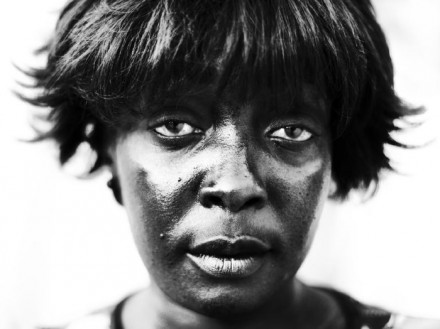
© Carlos Cazalis
Photography therefore is a reflection once again of our modern society. Therefore the responsibility of what we as photojournalists, documentary photographers or simple photographers do is far greater than ever before. It must be of primary concern not only amongst shooters but of those teaching or empowering the craft to search for the most effective way to communicate their personal editorialist experiences to the public. We can no longer afford to rely on the editorial commands of the media, who have a perfectly organized rhetoric of communication and consumption.
If we look back on the events that have led to every major genocide we know of today, Armenia, Nazi Germany, Cambodia, Rwanda and Darfur we know they were all highly predictable and with ample evidence once they were occurring and to this day continue to be highly documented. However we seem to be less and less engaged with them and this is once again due to the repetitive nature of the overt use of the image that no longer affects us in our complicity. In Arturo Perez-Reverte’s “The Painter of Battles”, the main character, a self retired and renowned war photographer attempts to paint everything he couldn’t capture on film and to finish it, before one of his very own subject matters, from the war in the ex-Yugoslavia kills him for having exposed his life and endangered his family, eventually killed by enemy troops who recognized him on the cover of a magazine. John Berger of “A Painter of Our Time” similarly shared with us that Art is meaningless to those for whom life itself is merely a spectacle. Both authors are demanding that we no longer remain as mere on lookers justifying that we are only there to tell the story.
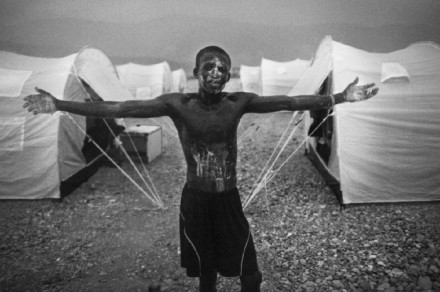
© Carlos Cazalis
We as photographers and as viewers can no longer afford the indirect involvement and approach of looking on. We cannot be mere witness any further, alleging that we are not personally responsible to what is occurring. This is a false recourse when it is evident how aware we are that all actions have secondary effects that fall down a chain of other events. This chain is in fact our biggest strength. We cannot predict or foresee or even underestimate what the effect of one single image can have but it must be within the desired context of the author’s editorialist feelings. The same exact feelings that made the photographer raise his camera.
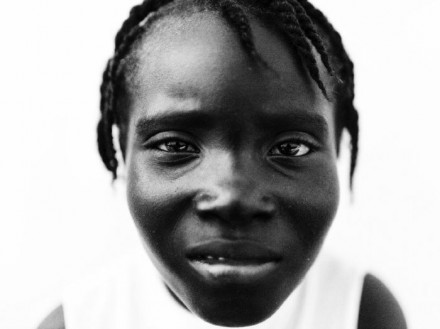
© Carlos Cazalis
For those of you who are seeking answers in this essay, I can only state that there are none that can generally be applied, but it is precisely this feeling of dissatisfaction that will lead us to finding them and we must pay attention to them, dig deep without judgment, be ever more creative, open to change and new forms, endure the struggle of producing it and seek the method of not only finding the largest audience but ensuring that it is one that has a deep and close relation to what we are talking, discussing and trying to create awareness about.
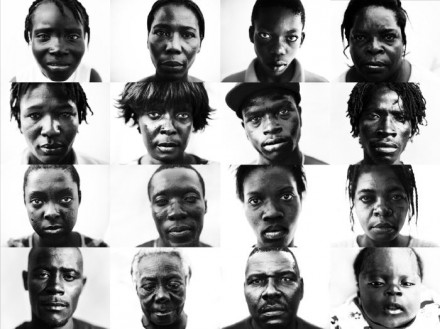
© Carlos Cazalis
At the present moment I am engaged not only in continuing my work on documenting mega cities but on working with images I have created to reach out and return to the communities I have worked with in Haiti, Brazil and Bangladesh in an effort to explain to this public the exploitation of their image and empower them to re appropriate it for their benefits. In Mexico we are in the process of hanging my award winning images of World Press Photo 2009, “Sleepers” series at 4×6 meters on prominent building facades in central Mexico City. The desire is to expand the dialogue of the utter normality that homeless people have become to the urban environment, especially in mega cities.
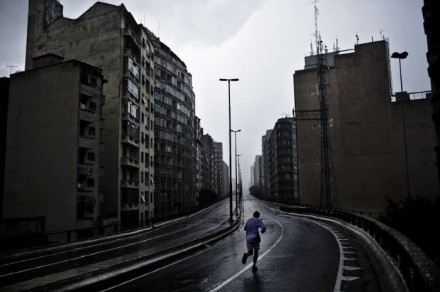
© Carlos Cazalis
In Haiti, after the earthquake hundreds of thousands of victims have received a minimal amount of aid, even when the international community has garnered millions of dollars from ordinary citizens who have little idea of how and if their money is finally used. With this premise in mind I have photographed people in the camps and continue to do so while asking them to tell me directly what aid they have received since January 12, 2010. These images will then be exhibited in other places where natural disasters have also pried people of their homes. The spectators will then be asked to write a message to the Haitian directly on the image. Finally, these images will return to Haiti and be given to a cultural institution for youths that will do on to the images what they feel can add to the work until they are finally exhibited during the Ghetto Biennale in 2011 in the exact spot where the Haitian photographed lost his home.
Please visit Carlos Cazalis web-page for more photographs and informations.

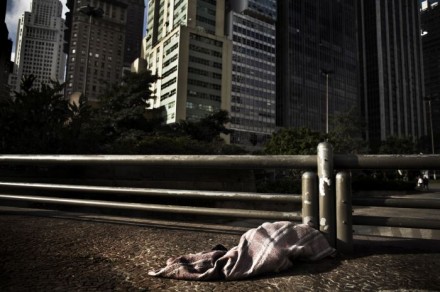
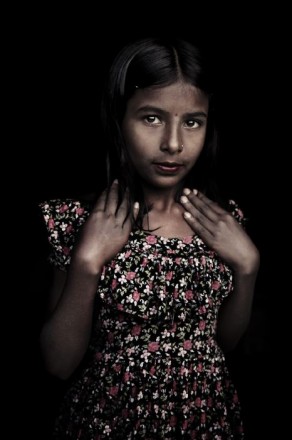
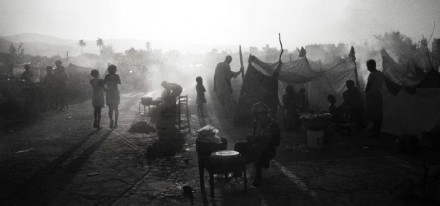
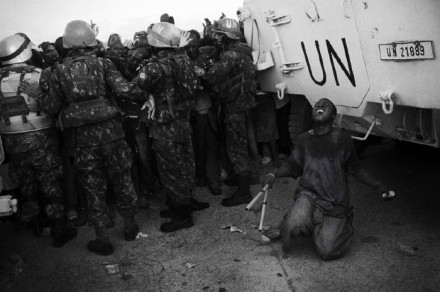
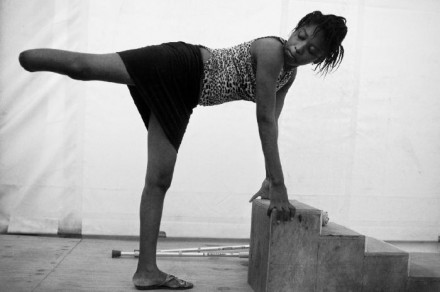
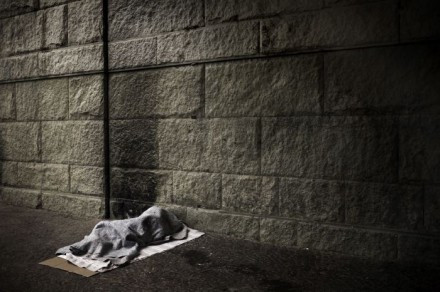

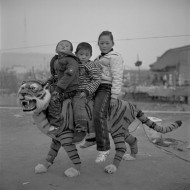
































You can also subscribe to this post comments RSS feed.